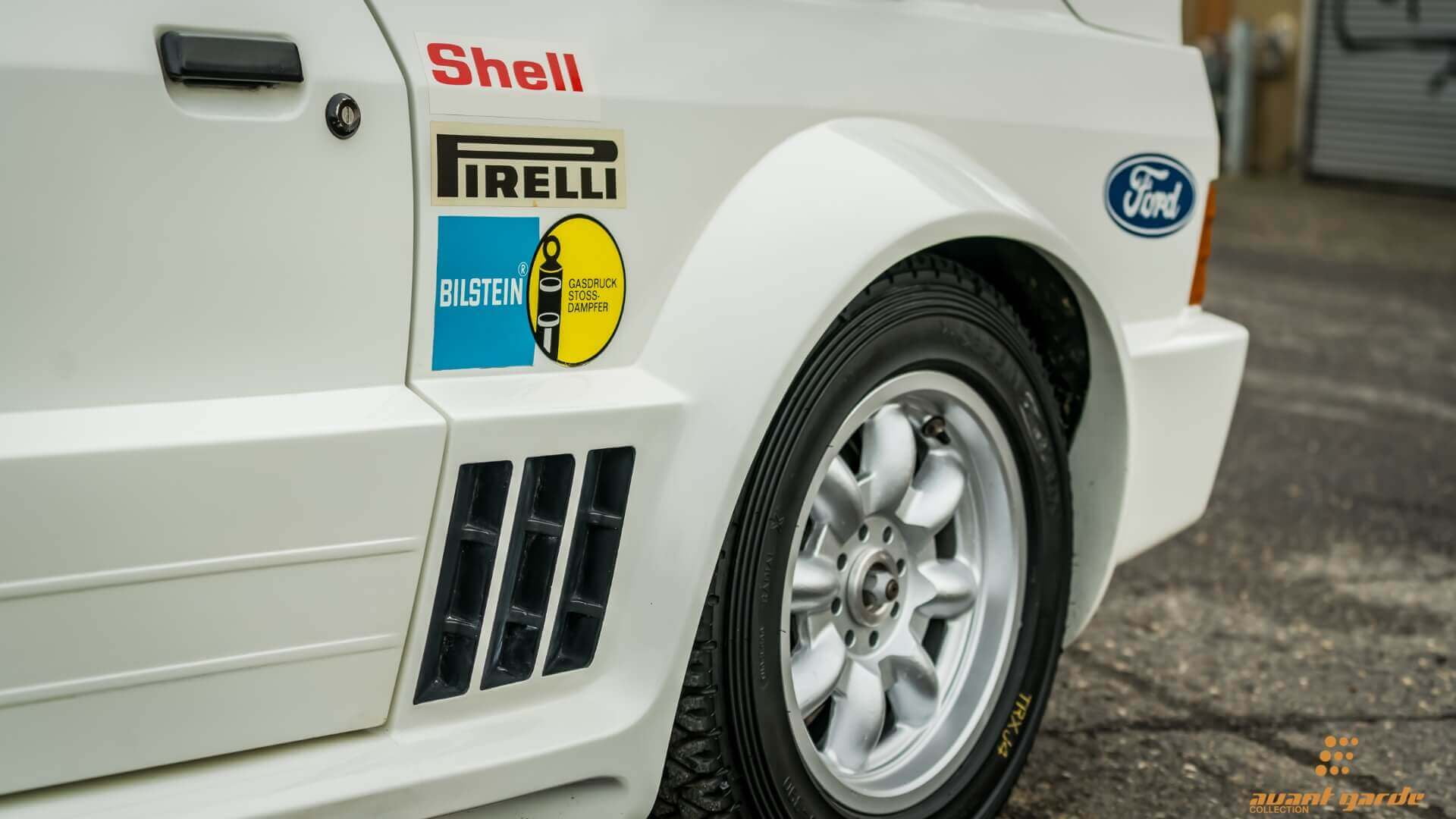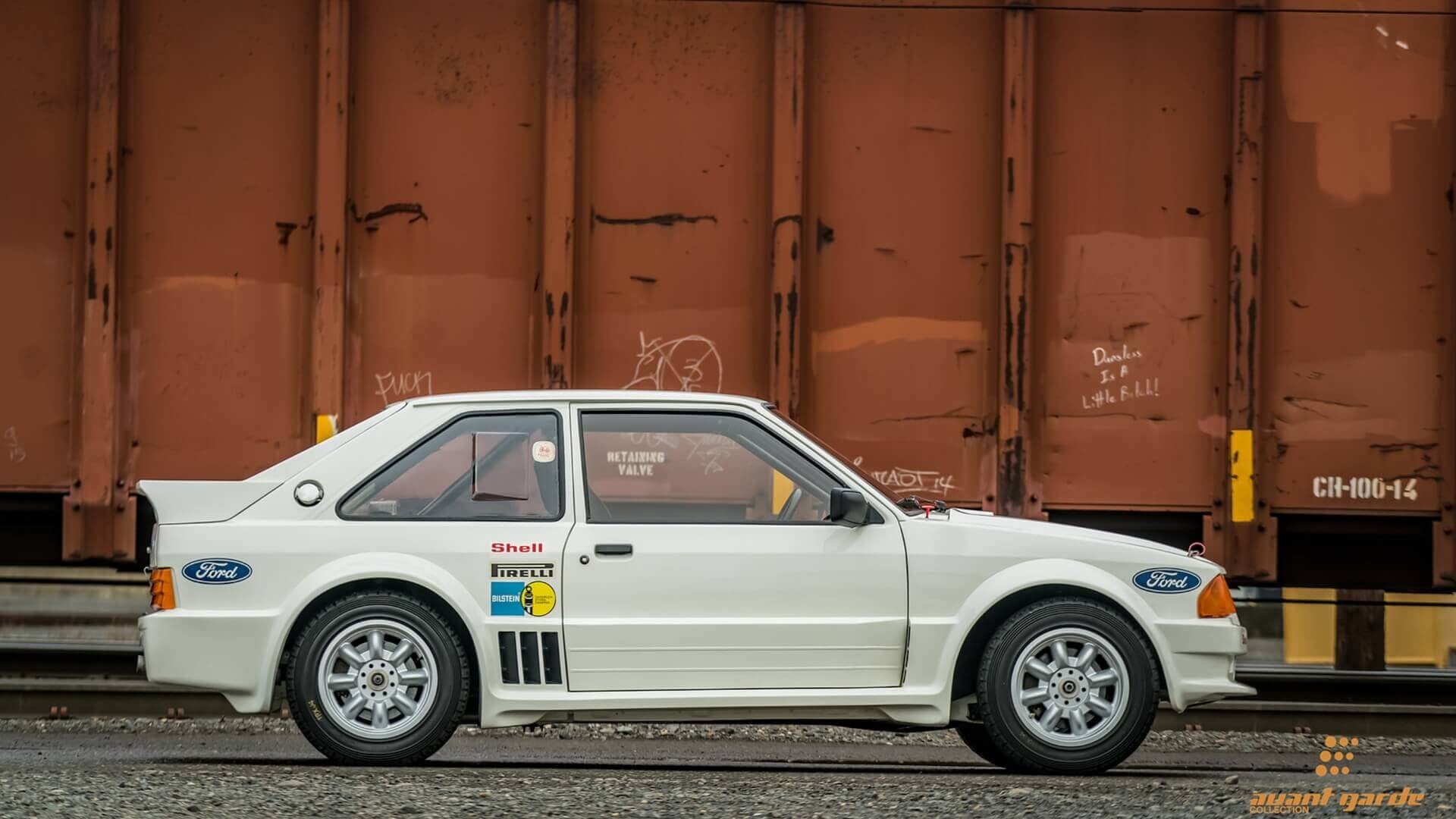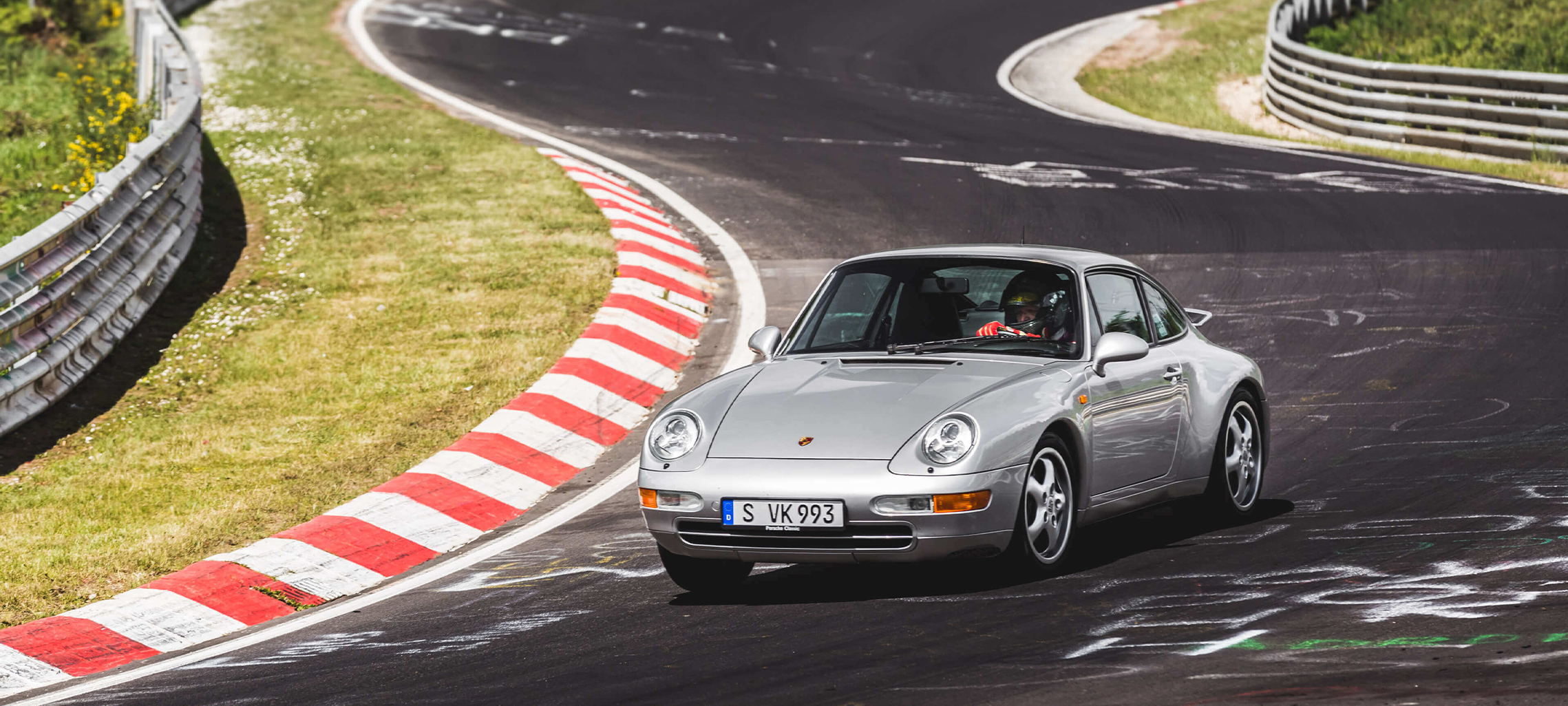

RS1700T – Ford’s Group B superstar that never was
In the world of rallying – and motorsport as a whole – the Group B era is widely regarded as one of the very best in history.
It’s not hard to understand why, either. The 80s brought with them an absolute boom in technologies, with manufacturers leaning heavily on motorsport to not only give their brand credibility but also spawn tech which would later trickle down into their road cars.
One manufacturer firmly with this belief was Ford who, after having success with the Mk1 and Mk2 Escort, needed something fresh and exciting to challenge the mighty Group B rivals from the likes of Lancia, Renault, and Fiat. Their answer? The Ford RS1700T.
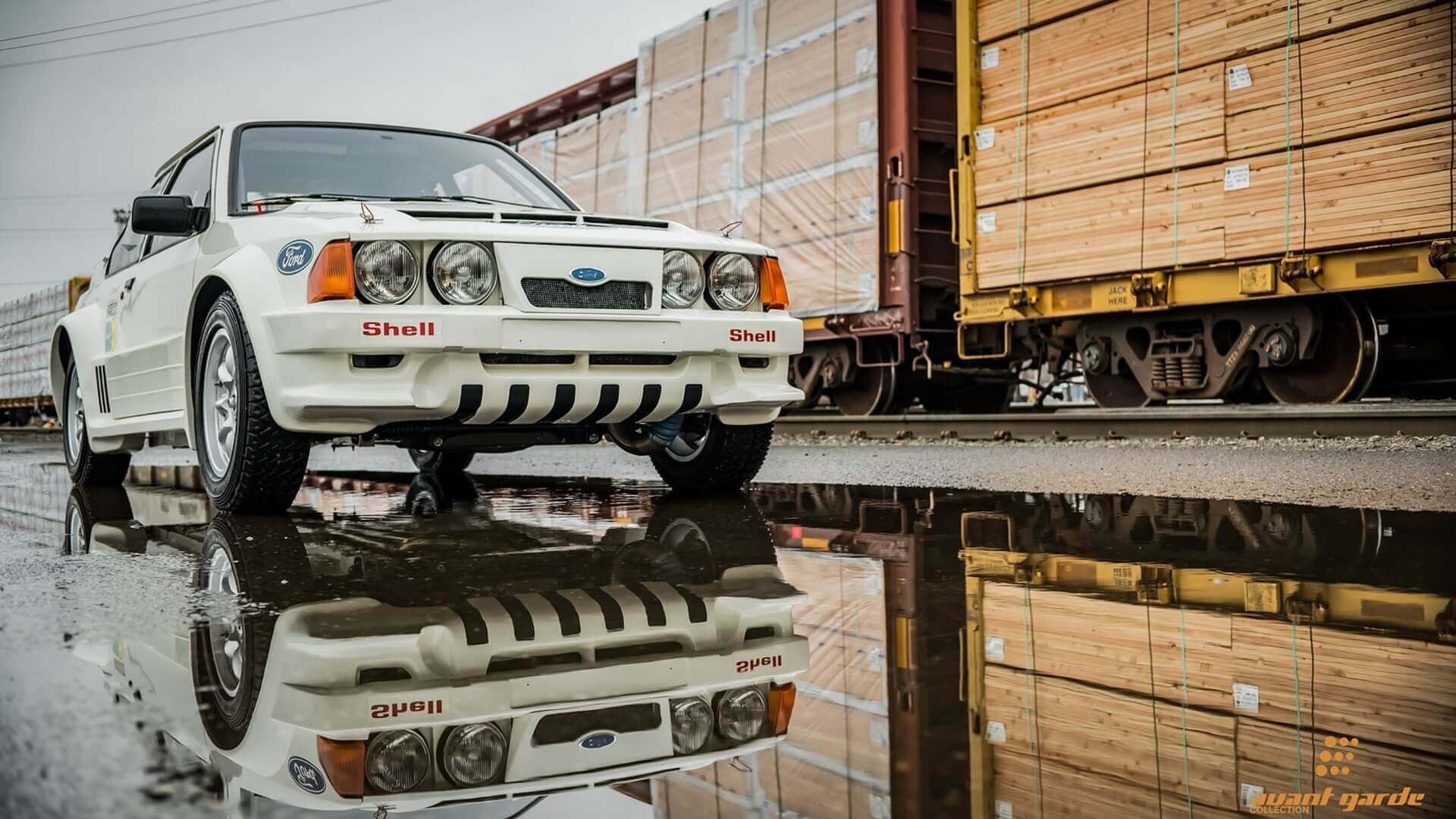
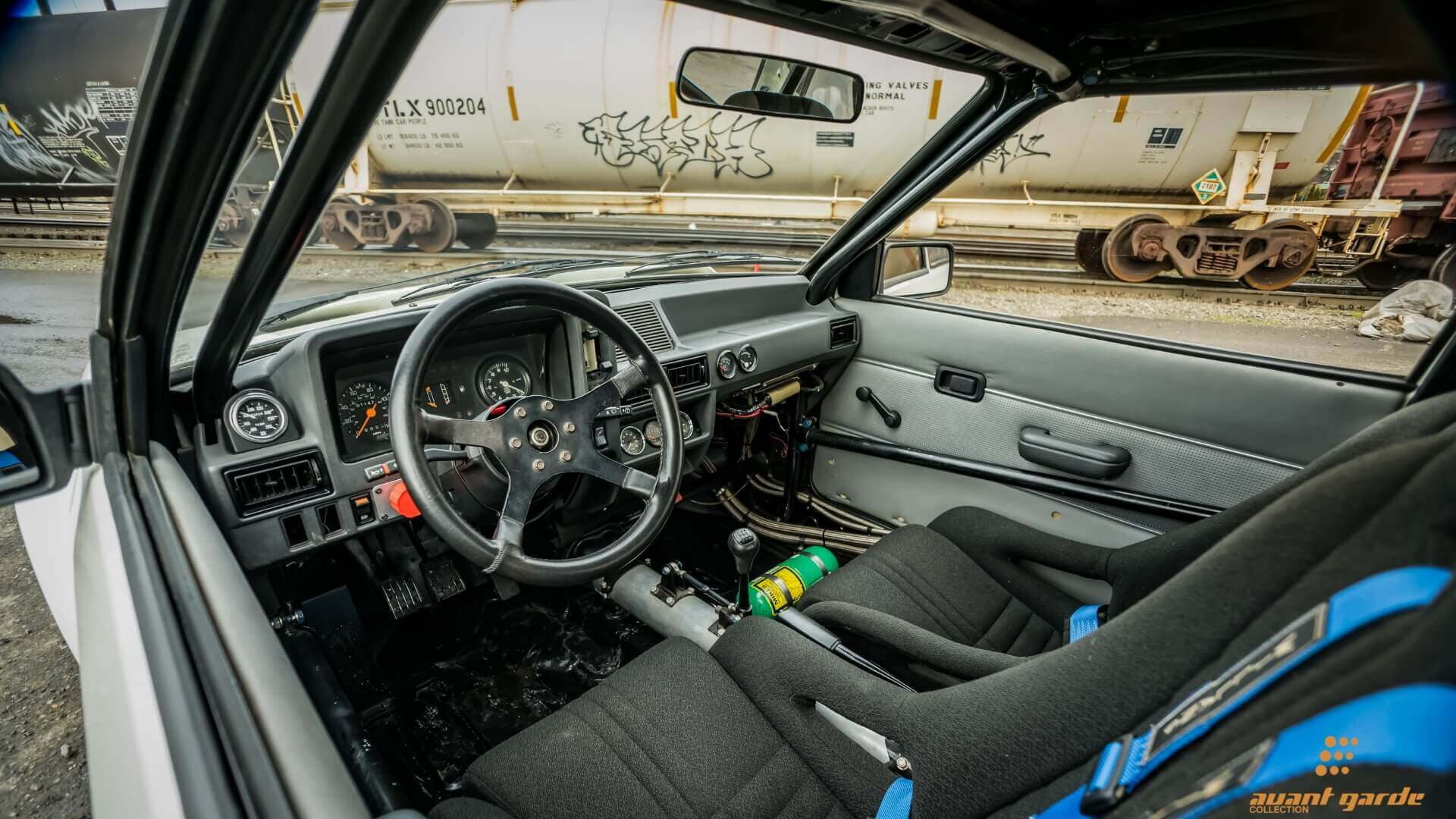
Based on the Mk3 Escort, it actually shared many of the same underpinnings as the Mk2 Escort, and rightfully so given its past success. The engine was another BDA-derived unit, but with two crucial differences – the first was a reduction in displacement from 2.0-litres to 1778cc (to conform with regulation changes) and the second was the addition of a turbocharger.
With the initial prototype built, testing began and at first everything looked promising with the RS1700T coming in several seconds faster than its Mk2 counterpart. In a field full of Asconas, 037s and Renault 5 Turbos the RS1700T looked like a formidable force.
There was one slight issue with the RS1700T’s development, and it wasn’t anything Ford did wrong either. That issue was Audi… or rather, Quattro.

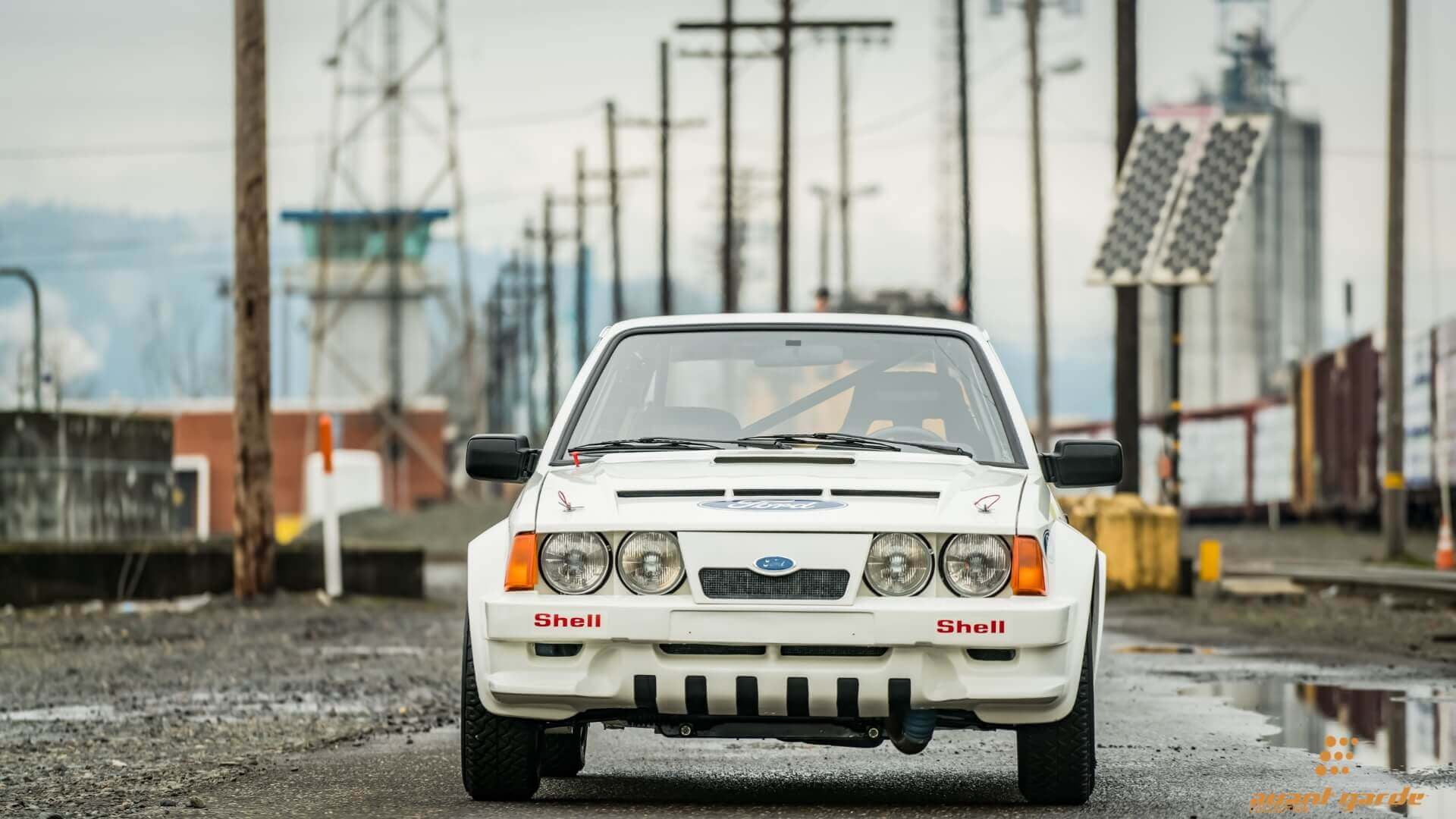
When the Quattro launched suddenly every competitor with a rear-wheel-drive car was on the backfoot. Audi had changed the game forever, and Ford already knew the RS1700T project was dead before it’d even properly competed. At this point, you’d expect most manufacturers – having sunk so much time and money into its development – to run the RS1700T as-was initially while designing a 4×4 version as soon as possible. Not for Ford, though. The RS1700T was canned full stop.
But all of that work wasn’t wasted. In fact, the RS1700T – and a lot of the technology associated with it (including the 1.8-litre turbo motor) – was put directly into its 4WD replacement, the Ford RS200.
Only 18 prototypes were made of the RS1700T and it’s thought as little as four have survived the past three decades. One of those survivors is now currently for sale, but with such a chequered history – and its undeniable rarity – it’s safe to say the price reflects that somewhat. But if you’re lucky enough to have a cool $470,000 spare there are far worse ways you could spend it!
